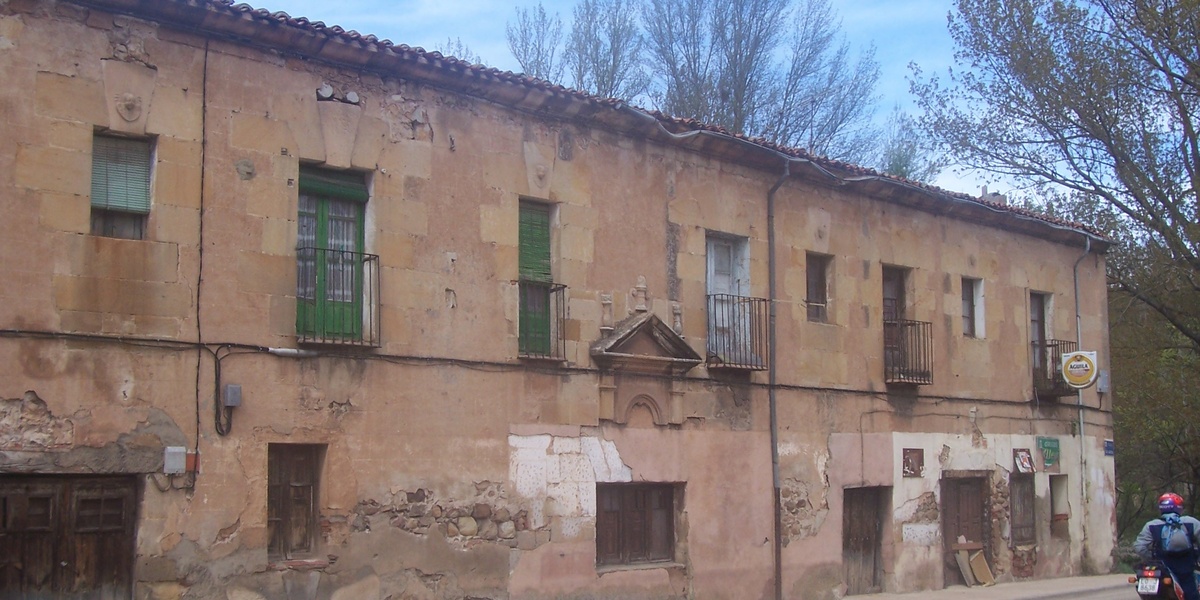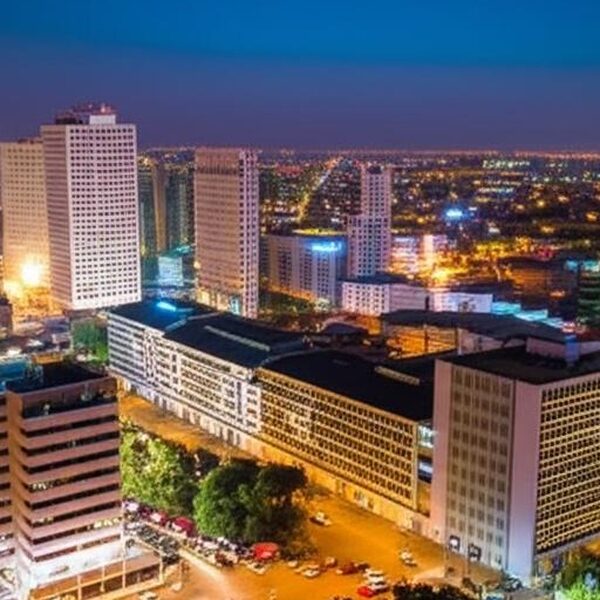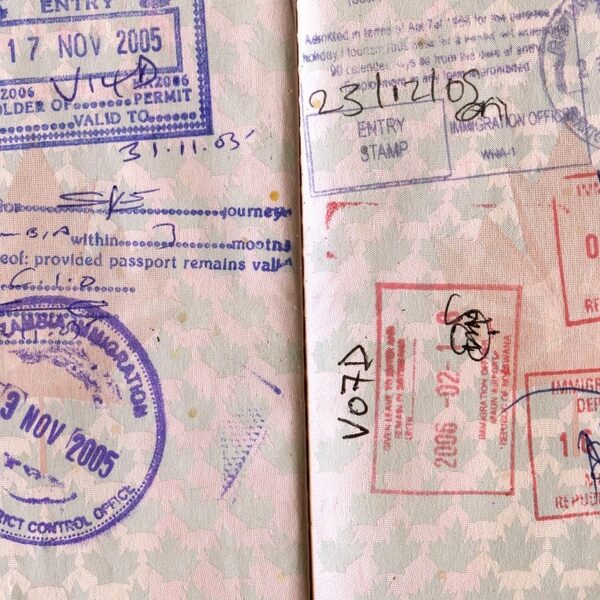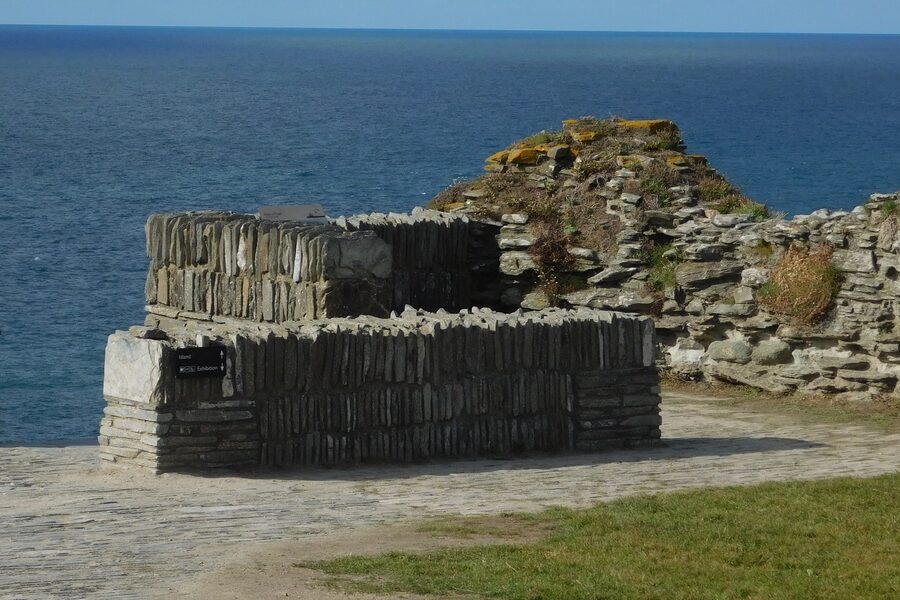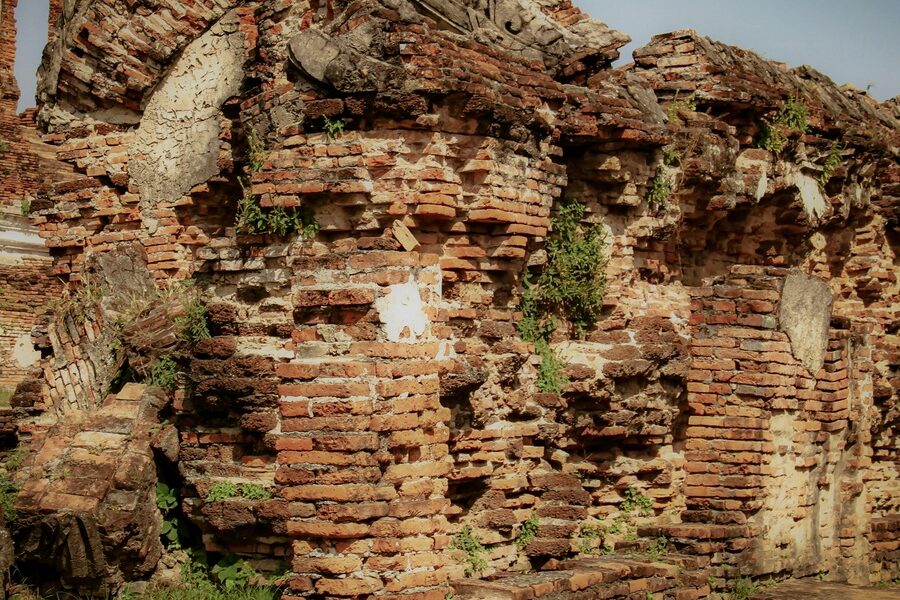Colombia’s landscapes hold layers of history: coastal ruins, highland terraces, and jungle sites that hint at long-lived cultures and shifting borders. Walking from a roadside ruin to a mountaintop complex gives a quick lesson in the country’s regional variety.
There are 25 Ruins in Colombia, ranging from Alto de las Piedras to Tierradentro National Park. Each entry is organized with Location,Era,Access so you can see where a site sits, its rough historical period, and how to reach it; you’ll find these details below.
How difficult is it to reach these ruins?
Access varies widely: some sites are by paved roads and short walks, while others require long drives, 4×4 vehicles, hiking, or boat trips. Check the Access column for each site, plan extra travel time for rural routes, and be ready for limited services once you leave main towns.
Do I need permits or a guide to visit certain sites?
Some ruins lie inside national parks or protected areas where permits, park fees, or guided visits are recommended or required; remote or archaeologically sensitive sites often limit independent access. Look up local park authorities or tourism offices before you go and consider hiring a local guide for logistics and cultural context.
Ruins in Colombia
| Name | Location | Era | Access |
|---|---|---|---|
| Ciudad Perdida | Sierra Nevada de Santa Marta, Magdalena; 11.038, -73.924 | Tairona Civilization (c. 800 AD) | 4-6 day guided trek only; book in advance; best in dry season (Dec-Mar). |
| San Agustín Archaeological Park | San Agustín, Huila; 1.883, -76.283 | San Agustín Culture (1st-8th Century AD) | Open daily with entrance fee; main park is easily accessible; year-round visit. |
| Tierradentro National Park | Inzá, Cauca; 2.583, -76.033 | Tierradentro Culture (6th-9th Century AD) | Open daily with entrance fee; located in a remote mountainous area. |
| Armero Ghost Town | Armero Guayabal, Tolima; 4.965, -74.901 | 20th Century (ruined 1985) | Freely accessible from the main road; local guides available on site. |
| Pueblito Chairama | Tayrona National Park, Magdalena; 11.332, -73.987 | Tairona Civilization (Pre-Columbian) | Hike within Tayrona Park (park fee required); moderate difficulty hike. |
| Royal Mines of Santa Ana | Falan, Tolima; 4.912, -74.945 | Spanish Colonial (17th-18th Century) | Freely accessible; hire a local guide in Falan for the best experience. |
| El Infiernito | Villa de Leyva, Boyacá; 5.632, -73.551 | Muisca Civilization (c. 9th Century BC) | Open daily, small entrance fee; a short drive from Villa de Leyva. |
| Alto de los Ídolos | Isnos, Huila; 1.895, -76.241 | San Agustín Culture (1st-8th Century AD) | Part of the San Agustín park ticket; located a short drive from the main park. |
| Alto de las Piedras | Isnos, Huila; 1.939, -76.257 | San Agustín Culture (1st-8th Century AD) | Part of the San Agustín park ticket; near Alto de los Ídolos. |
| Fuerte de San Fernando de Bocachica | Bocachica, Isla Tierrabomba, Bolívar; 10.323, -75.580 | Spanish Colonial (18th Century) | Accessible by boat from Cartagena; small entrance fee or included in tours. |
| Convento del Santo Ecce Homo | Near Villa de Leyva, Boyacá; 5.717, -73.513 | Spanish Colonial (founded 1620) | Open daily, entrance fee; located in a rural, scenic area. |
| Ruins of Guane | Barichara, Santander; 6.641, -73.153 | Spanish Colonial (17th Century) | Freely accessible; located on the outskirts of the modern town of Guane. |
| Ruinas de la Iglesia de la Candelaria | Zapatoca, Santander; 6.822, -73.271 | Spanish Colonial (18th Century) | Freely accessible; short walk from town. |
| Pueblo Viejo | La Guajira Peninsula; 11.458, -72.784 | Spanish Colonial (founded 1502) | Freely accessible but very remote; requires 4×4 vehicle and local guide. |
| La Chaquira | San Agustín, Huila; 1.869, -76.311 | San Agustín Culture (1st-8th Century AD) | Freely accessible; can be reached by hiking or on horseback from San Agustín. |
| Castillo San Felipe de Barajas | Cartagena, Bolívar; 10.425, -75.538 | Spanish Colonial (16th-18th Century) | Open daily, entrance fee; located within Cartagena. |
| Fuerte de San Sebastián del Pastelillo | Cartagena, Bolívar; 10.418, -75.553 | Spanish Colonial (18th Century) | Accessible; part of a private club but visible and partially explorable from outside. |
| Ruinas de la Iglesia Doctrinera de Gámeza | Gámeza, Boyacá; 5.795, -72.805 | Spanish Colonial (16th Century) | Freely accessible in the town’s main park. |
| Ruinas de Trinidad de los Pijaos | Near Coyaima, Tolima; 3.791, -75.201 | Spanish Colonial (17th Century) | Freely accessible but requires local guidance to find. |
| Fuerte de San José de Bocachica | Isla Tierrabomba, Bolívar; 10.316, -75.586 | Spanish Colonial (18th Century) | Accessible by boat from Cartagena, often viewed from Fuerte San Fernando. |
| Ruinas de Buritaca (Ciudad Antigua) | Near San Agustín, Huila; 1.859, -76.362 | Pre-Columbian (Classic Regional Period) | Accessible with a guide; involves hiking. |
| Ruinas del Convento de San Francisco | Santa Fe de Antioquia, Antioquia; 6.556, -75.828 | Spanish Colonial (18th Century) | Visible from the street; access is limited. |
| Ruinas de la Siderúrgica de Pacho | Pacho, Cundinamarca; 5.132, -74.156 | Republican Era (19th Century) | Freely accessible, located on private land with permission. |
| Ruinas de la Iglesia de Ocaña | Ocaña, Norte de Santander; 8.236, -73.353 | Spanish Colonial (17th Century) | Located in a public park area. |
| Salto de Tequendama Hotel Ruins | Soacha, Cundinamarca; 4.576, -74.298 | 20th Century (opened 1928) | Exterior viewing only; the building is being converted into a museum. |
Images and Descriptions
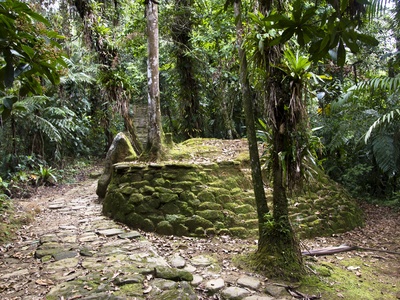
Ciudad Perdida
Known as the “Lost City,” this is a stunning ancient settlement of stone terraces and plazas deep in the jungle. A challenging but rewarding trek reveals the heart of the Tairona civilization.
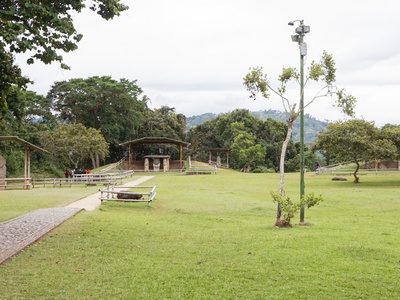
San Agustín Archaeological Park
A UNESCO World Heritage site, this is the largest group of megalithic sculptures in South America. Wander among hundreds of mysterious statues of gods and mythical beasts guarding ancient tombs.
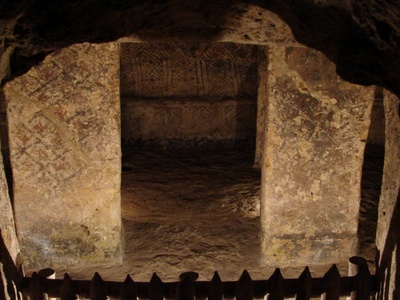
Tierradentro National Park
This UNESCO site is famed for its unique and elaborate underground burial chambers (hypogea). Visitors can climb down into these tombs to see original, intricate geometric paintings.
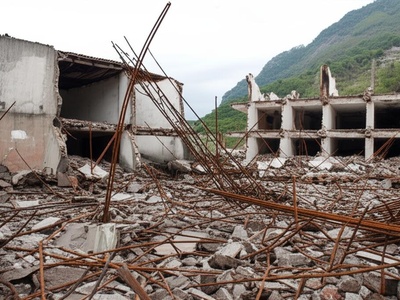
Armero Ghost Town
The haunting remains of a town destroyed by a volcanic mudflow. See twisted rebar, collapsed buildings, and moving memorials that serve as a powerful reminder of the 1985 tragedy.

Pueblito Chairama
An accessible pre-Columbian Tairona settlement featuring well-preserved stone paths, foundations, and ceremonial platforms. It offers a glimpse of Ciudad Perdida without the multi-day trek.
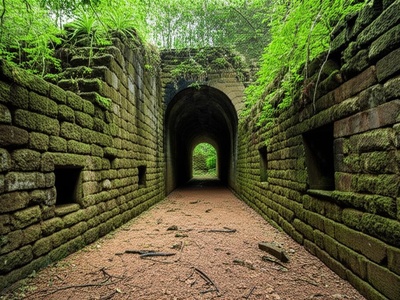
Royal Mines of Santa Ana
Explore the jungle-swallowed stone tunnels and aqueducts of a massive colonial silver mine. It’s an off-the-beaten-path adventure for those interested in industrial history and nature.
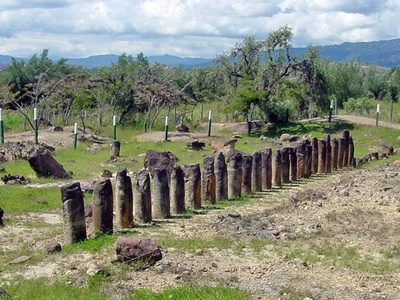
El Infiernito
An ancient Muisca astronomical observatory and ceremonial site. The area is marked by dozens of large phallic monoliths and a sacrificial tomb, sparking mystery about its exact purpose.
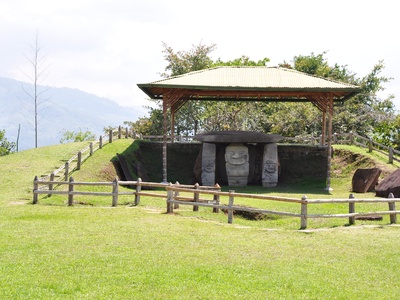
Alto de los Ídolos
The second most important site in the San Agustín area, this park features tombs guarded by imposing stone statues, some larger than those in the main park, set on a scenic hilltop.
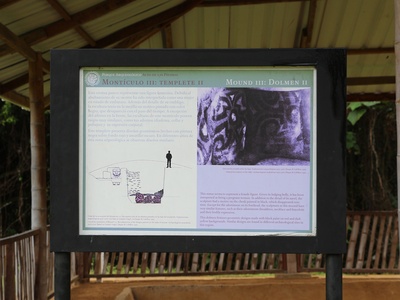
Alto de las Piedras
A smaller but significant site known for the famous “Doble Yo” statue. The carved figures here are exceptionally well-preserved and display remarkable artistic detail from the San Agustín culture.

Fuerte de San Fernando de Bocachica
A beautifully preserved colonial fort that once guarded Cartagena’s bay. Explore its ramparts, tunnels, and dungeons while enjoying incredible views of the Caribbean Sea and the city skyline.
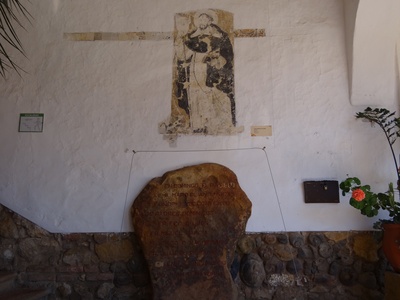
Convento del Santo Ecce Homo
A stunning, partially ruined Dominican monastery with a beautiful stone and fossil-inlaid courtyard. Its mix of preserved architecture and crumbling walls creates a peaceful and photogenic atmosphere.
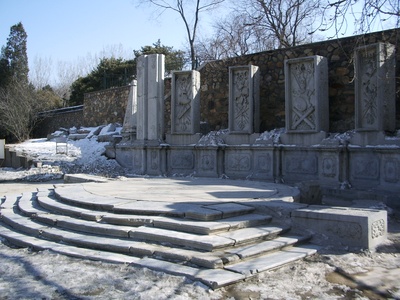
Ruins of Guane
These are the humble stone foundations and walls of the original colonial settlement, abandoned due to water scarcity. They offer a quiet, historical walk near the beautifully preserved town of Barichara.

Ruinas de la Iglesia de la Candelaria
The evocative stone shell of a colonial church, abandoned after its roof collapsed. Standing alone on a hill overlooking the town, its empty arches create a dramatic and picturesque scene.
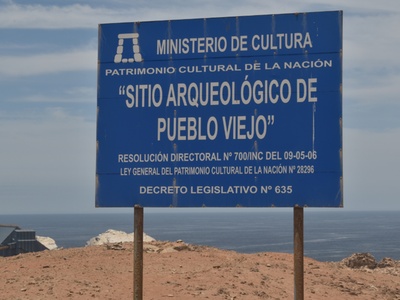
Pueblo Viejo
The scant, windswept ruins of Santa Cruz, the very first, short-lived Spanish settlement on the South American mainland. A site for true history buffs exploring the remote La Guajira desert.

La Chaquira
A unique spiritual site featuring petroglyphs carved directly into a large rock face overlooking the dramatic Magdalena River canyon. The main figure has its arms raised to the sky in prayer.
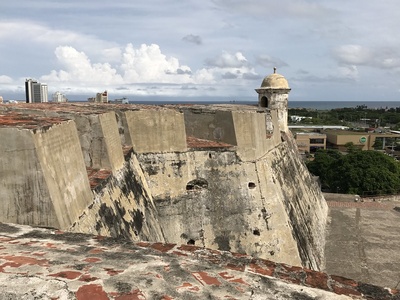
Castillo San Felipe de Barajas
The greatest fortress ever built by the Spanish in their colonies. While heavily restored, its massive scale, intricate tunnels, and historic purpose make it a must-see ruin of military architecture.
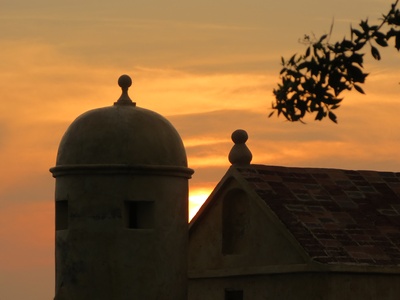
Fuerte de San Sebastián del Pastelillo
A smaller fort in Cartagena that played a key role in defending the city. Its lower profile and unique “water-level” design offer a different perspective on colonial military strategy.
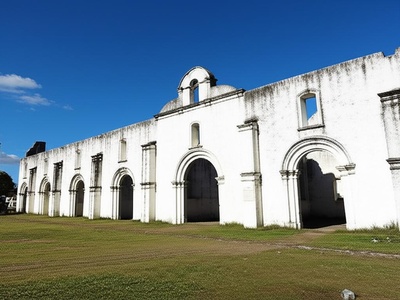
Ruinas de la Iglesia Doctrinera de Gámeza
The striking white stone ruins of one of the earliest “doctrinera” churches, built to evangelize the local Muisca population. Its surviving archways and walls are a testament to early colonial history.
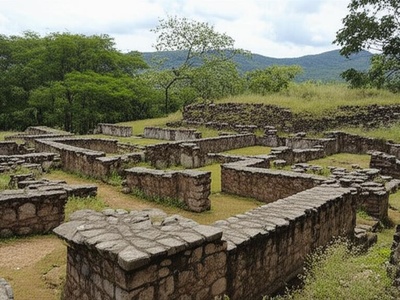
Ruinas de Trinidad de los Pijaos
The overgrown foundations of a forgotten colonial town destroyed during the Pijao indigenous resistance. A site for explorers seeking the lost history of the Spanish-Pijao wars.

Fuerte de San José de Bocachica
The twin fort to San Fernando, located across the channel. While less restored, its ruins create a crossfire defense system and tell the story of Cartagena’s ingenious naval protection.
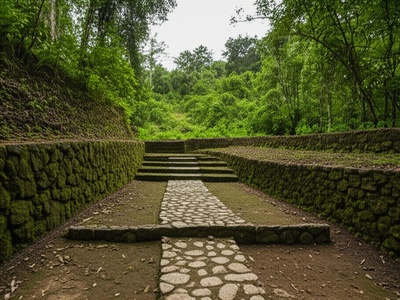
Ruinas de Buritaca (Ciudad Antigua)
An unexcavated pre-Columbian site known locally as Ciudad Antigua. See moss-covered stone paths, retaining walls, and mounds hinting at a large settlement still hidden by the forest.
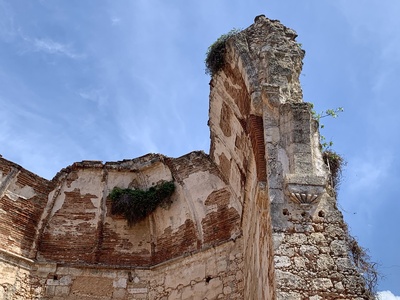
Ruinas del Convento de San Francisco
The remains of a colonial-era convent in one of Colombia’s most historic towns. Its crumbling brick archways and walls stand as a beautiful relic integrated into the modern city fabric.
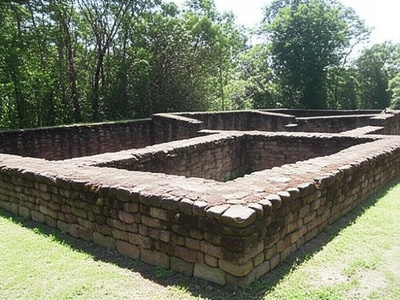
Ruinas de la Siderúrgica de Pacho
The foundational ruins of Colombia’s first iron and steel works, a pioneering but failed industrial project. It’s an interesting site for those curious about the country’s early industrial history.

Ruinas de la Iglesia de Ocaña
The remains of the San Francisco church and convent, destroyed by an earthquake in 1875. The surviving facade and arches are a landmark in the city, remembering its colonial past.
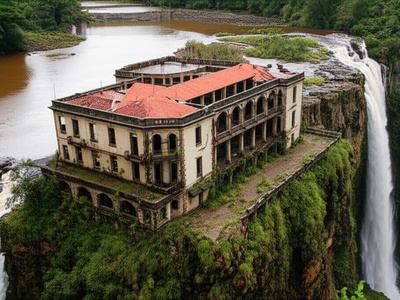
Salto de Tequendama Hotel Ruins
The glamorous, abandoned Hotel del Salto stands precariously on the edge of the Tequendama Falls. This French-style mansion is a hauntingly beautiful ruin, famous for its dramatic location and ghostly legends.

